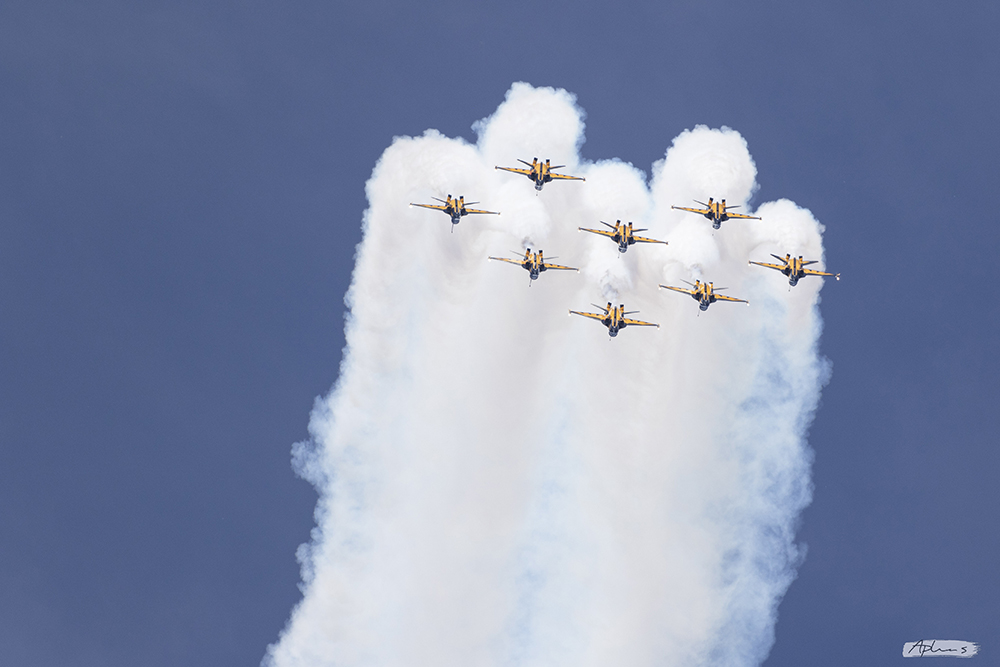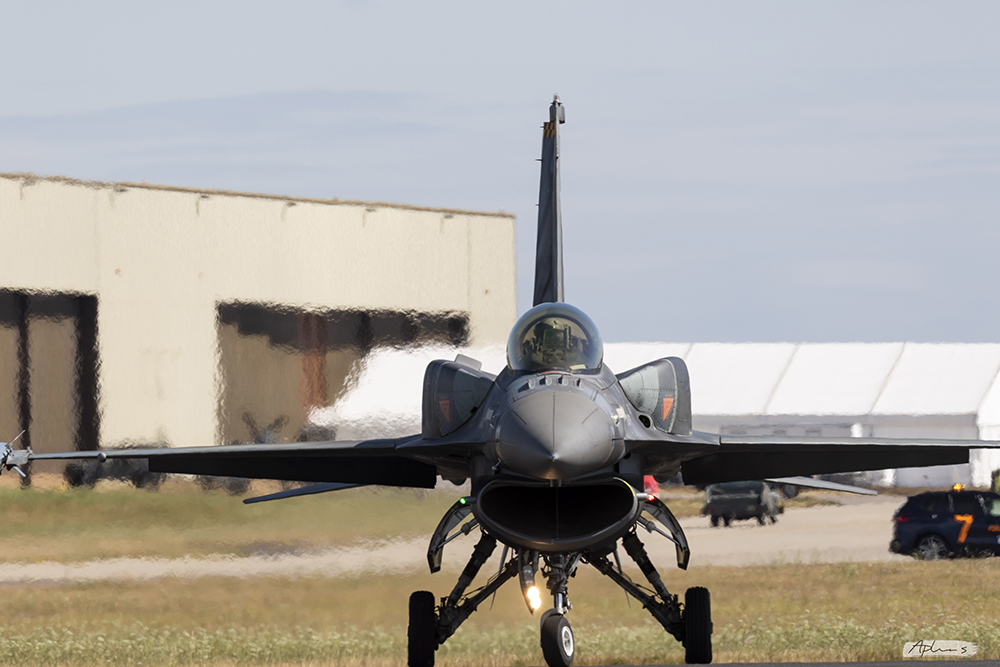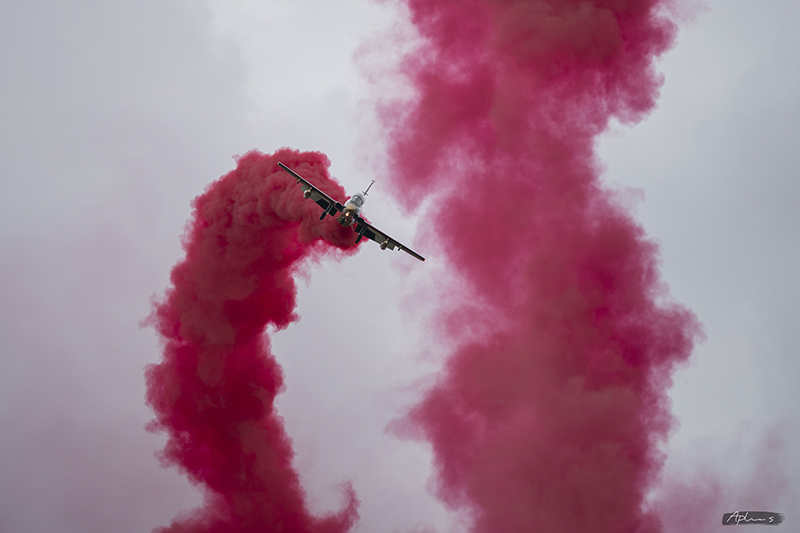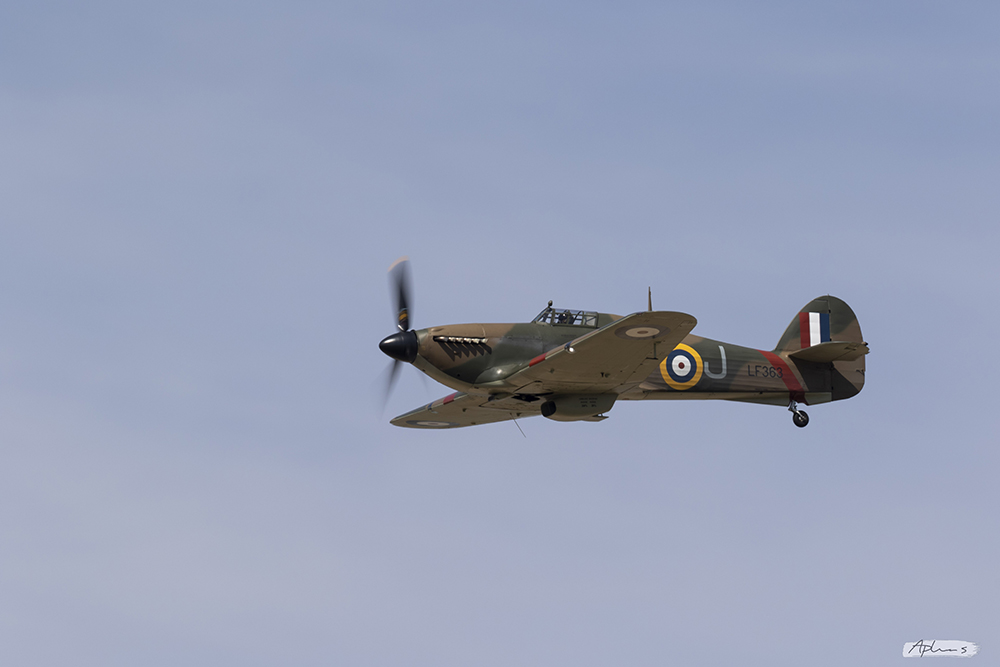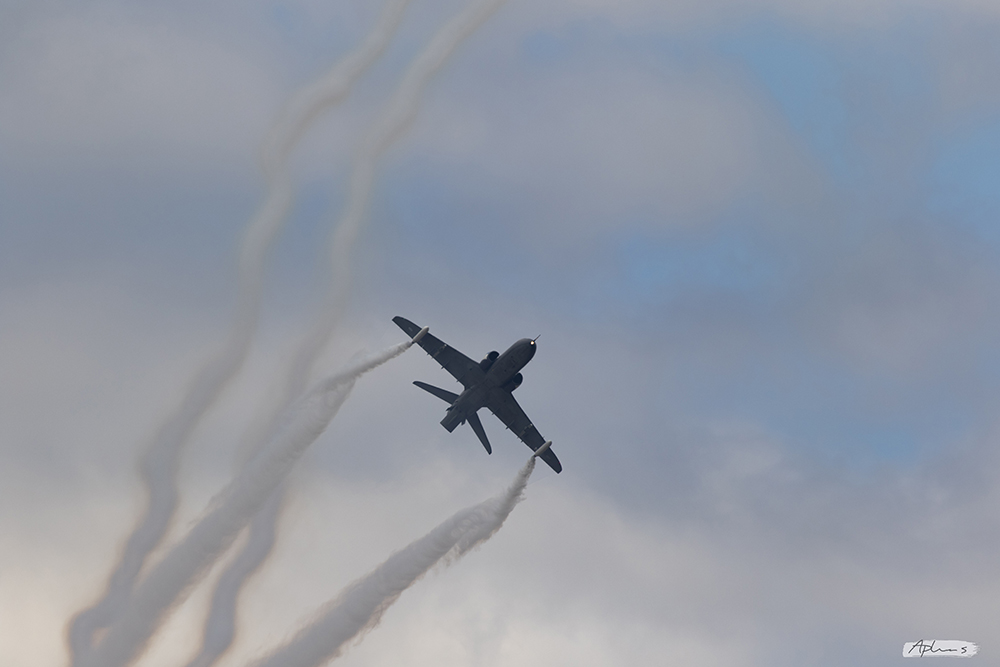Ultimate Aviation Photography Camera Kit Guide
Here at Clifton Cameras, we get a lot of questions regarding specific gear to use for certain scenarios, so here is a one-stop shop on what kit to buy for photographing planes and aircraft at any air show.
I recently went to the Royal Internation Air Tattoo which you can read about here >
It’s worth stating that regardless of budget or specification of equipment, a great day at an air show can be had at both ends of the spectrum, and anywhere in between.
Click to view the image in full resolution
Camera Bodies
The age-old question of what gear should I use? The best thing about aviation photography is you can get some great results with whatever you’re using.
If you’re using a point-and-shoot, bridge or compact camera, this is great for being mobile around the static park, using for crew and crowd shots, as well as ‘small jet, big sky’ images, giving a real sense of the whole environment. Often cheaper, and with excellent auto features, these can be a great place to start if you are completely new to photography.
Why not try the following Digital Cameras:
DSLR / Mirrorless cameras are by far and away the most popular, some preferring the benefit of crop factors on APSC sensors to give a bit extra reach, others opting for longer glass on full frame. The main things to consider here, are the camera’s frames per second and ease of button layout. Fast FPS helps you react to what’s happening and help capture fast-moving action, giving you more chance of catching the exact moment two jets cross in front of each other for example.
Having an easy button layout really helps as you’ll be constantly changing shutter speeds and apertures to suit the aircraft in front of you.
A good tip here is to make use of shutter priority mode, if you are new to shooting in this environment this mode can really help take away a lot of the guesswork and reduce the chance of using less than ideal settings.
Also, remember to take a look at the autofocus settings on the camera. Many mirrorless cameras now have Aircraft Autofocus which has revolutionised how easy photographing aeroplanes can be.
We recommend checking out these DSLR and Mirrorless Cameras:
Click to view the image in full resolution
Lenses
The faster glass will help when capturing faster moving airframes, the lighter available allows for faster shutter speeds, permitting for action to be completely frozen.
As air show season is in peak summer, there is more often than not, enough light to keep ISO low, even at F6.3 or F7.1, allowing for lenses to step down to where they tend to be at their sharpest, without needing to slow down the shutter.
Wide Angle Lenses
Anything up to around 70mm is ideal for shooting static aircraft or larger aircraft on approach to land or taxiing on the ground. Don’t be scared to pinpoint specific sections of aircraft, interesting angles, sweeping lines, and perspectives that are not normally achieved unless up close and personal with the aircraft.
- Sigma AF 20mm F1.4 DG DN Art Lens
- Canon RF 15-30mm f4.5-6.3 IS STM Lens
- Sony FE 24-70mm F2.8 GM2 Lens
Medium Focal Lengths
70-300mm is a great focal range for the most flexibility, wide enough to get full formations in, while still being able to pick out singular aircraft on the closer passes. You will have to be slightly cautious and pick and choose your moments when the aircraft is directly in front of you, when they are, however, expect the slightest of crops to fill the frame.
- Canon RF 70-200mm f2.8L IS USM Lens
- Fujifilm XF 70-300mm f4-5.6 R LM OIS WR Lens
- Tamron 70-300mm f4.5-6.3 Di III RXD Lens
- Sony FE 70-200mm F4 G OSS II Lens
Click to view the image in full resolution
Super Telephoto Zooms
400mm+ will be more than adequate for solo aircraft, almost along the whole display line, and allows for full display teams as they pull round the bends or over the top of their loops. The closer you manage to get yourself with longer glass, the more options you have available, as some of the most interesting moments of a display happen high up above you, or out wide to either end of the display line.
- Fujifilm XF 150-600mm F5.6-8 R LM OIS WR Lens
- Sony FE 200-600mm F5.6-6.3 G OSS Lens
- Nikon NIKKOR Z 180-600mm f5.6-6.3 Lens
- Canon RF 100-500mm f4.5-7.1L IS USM Lens
Premium Options
The big professional telephoto lenses that are desired by many but purchased by few, are a fantastic option to hire for a week or weekend. The cost is relatively small in comparison and if you're looking to get the best image possible of a favourite airframe, rarity, or soon-to-be retiree, it can make even more sense. Not necessarily needed to take year on year, save these for those special moments, unless within budget, in which case, they will certainly make a difference to your images.
- Canon RF 100-300mm f2.8L IS USM Lens
- NIKKOR Z 600mm f/4 TC VR S Lens
- Sony FE 400mm F2.8 GM OSS Lens
- OM System 150-400mm M.ZUIKO ED F4.5 TC1.25x IS PRO Lens
Click to view the image in full resolution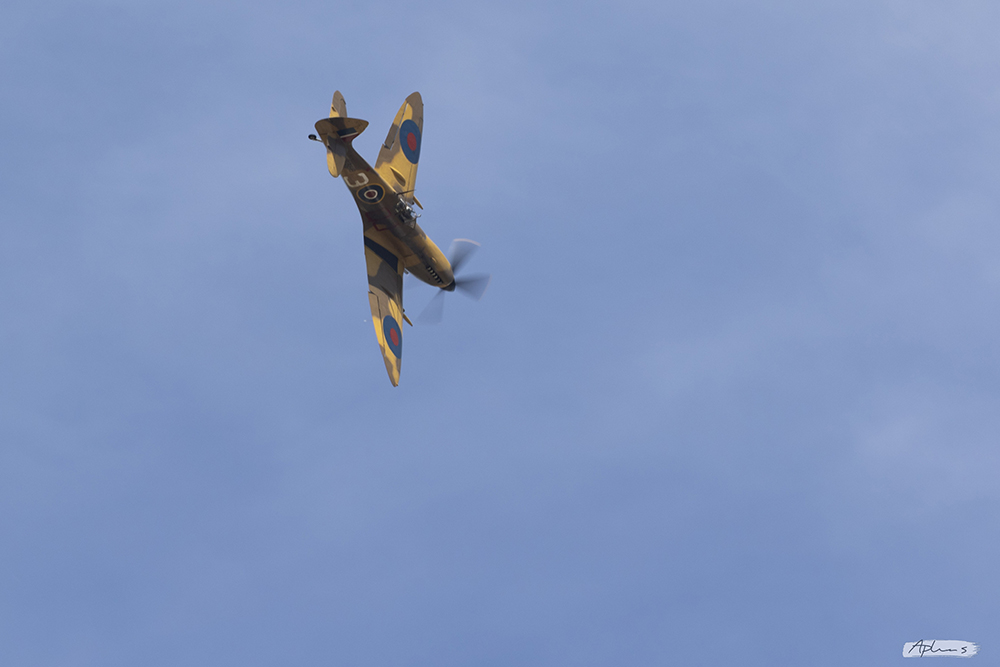
Recommended Settings
When dealing with propeller-driven aircraft or when shooting rotary elements, if you want to achieve motion on the blades I recommend dropping your shutter to 1/100 at the fastest, 1/80 or 1/60 preferable. A helicopter with frozen rotas simply looks like a toy that is hanging from a piece of string, rather than showing that this was indeed a moving and exciting subject.
If in manual, you will need to close the aperture down somewhat to deal with the light hitting the sensor. Alternatively, an ND filter can come in handy to keep your aperture in a more nominal range.
When dealing with propeller-driven aircraft or turboprops, I recommend using 1/125 to 1/250, to give some blur to the blades, but also to give you more chance to keep the faster-moving aircraft sharp. If you’re looking to achieve the ‘full disc’ look, where the blades blur into a full circle, this would naturally need a slightly longer shutter speed.
With jet aircraft you can really ramp the shutter up, however, this can then lead to the same issue as freezing the blades where the aircraft can look motionless while landing, I would still try and keep jet aircraft to under 1/500 to allow for some movement, but the lower the better, down to around 1/100, to give some nice motion blur into the image.
For displays where the aircraft are against just the sky, I recommend the shutter be kept at or above 1/1000. Personally, not wanting to go beyond 1/1600 or 1/2000 at a push. Feeling the benefits from pushing into these faster shutter speeds start to enter the ‘law of diminishing returns’ ideal where they then start to cause more issues than solving problems. Potentially increasing ISO to compensate and generally increasing the risk of more noise in the image.
Click to view the image in full resolution
Editing Advice
When editing the vast amounts of photos we all inevitably take during an event such as the Royal International Air Tattoo, some key basics to keep in mind might be the following.
Learn how to batch edit – when you have hundreds of images to go through batch editing is going to be your best friend. If your software allows it, get to know how it works and you will save yourself so many hours staring at your computer.
Give the aircraft room to move into – as impressive as a full frame shot of an F16 with an afterburner is, giving the aircraft some space on the nose allows for the viewer to drag the aircraft up into the space, giving the illusion of movement.
Clipped-off wingtips, wheels and tyres happen – these aren’t always necessarily destined straight for the trash can, cropping into certain aspects of the aircraft in flight is the same as that on the static line, experiment with 50/50 crops, only showing half of the aircraft, hone in on markings, tail numbers, exhausts etc, really fill the frame with just the aircraft.
Print your photos – take the image from the back of the camera and turn it into a physical object to remember the day by. Images always come to life on paper much more so than on screen. Couple these with a patch from the displaying crew, a sticker or badge, and a blurb on your memories for the day, which can really help turn an image into a memory.
Click to view the image in full resolution
Read next
- Photographing the Royal International Air Tattoo – A Guide to Aviation Photography
- Two New MEGA Telephoto Lenses from Canon
- What is the best 24-70mm lens for Sony Alpha Cameras?
Thank you!
Thanks for taking the time to read our blog, we really do hope they help you out and answer some of your questions. If you still have some unanswered, then please feel free to get in touch with our team of experts.
We have a LiveChat option on our website and we can, of course, be contacted via our email, we're also on the end of the phone too! Read more on how to contact us here >
Want to write for us?
If you've got experience with producing content on photo, video and/or optics products or techniques then we would love to hear from you. Contact our blog editor, Bea, with a sample of your work at [email protected].
- By Aled Phillips
- 12 Aug 2022




























































